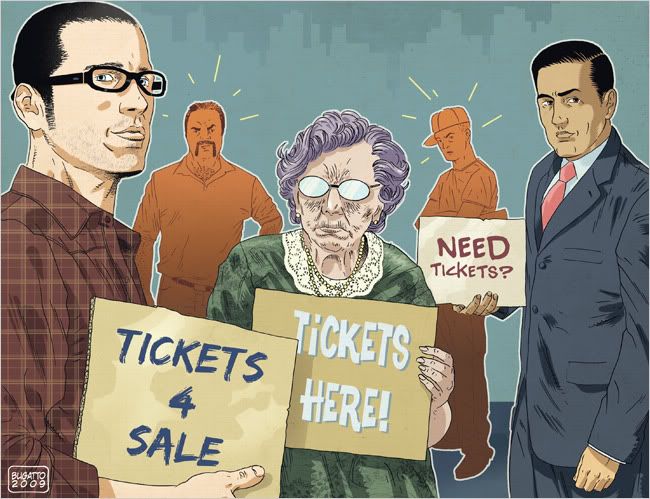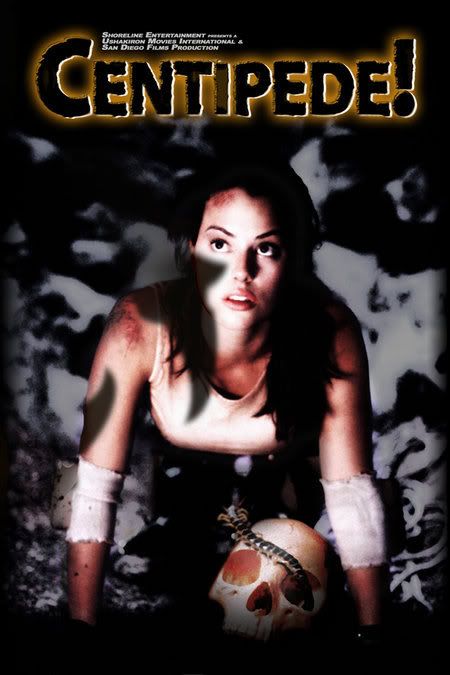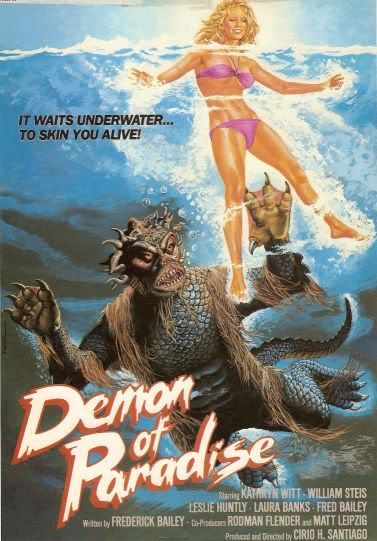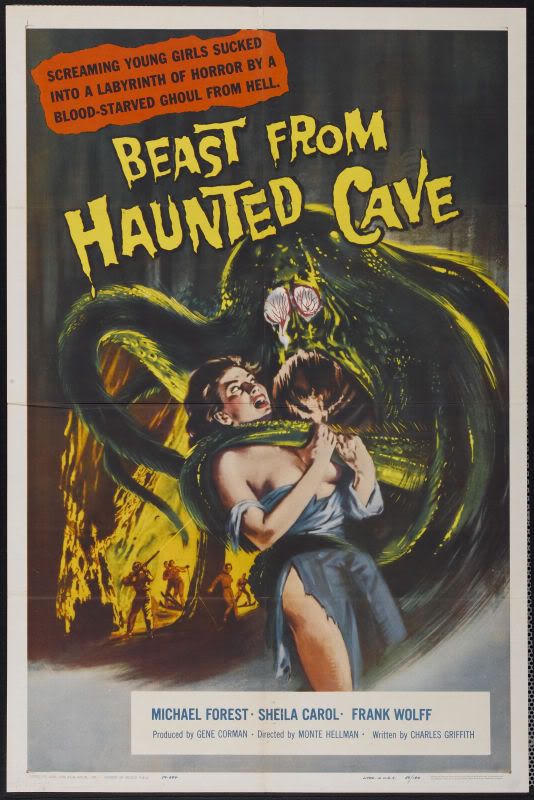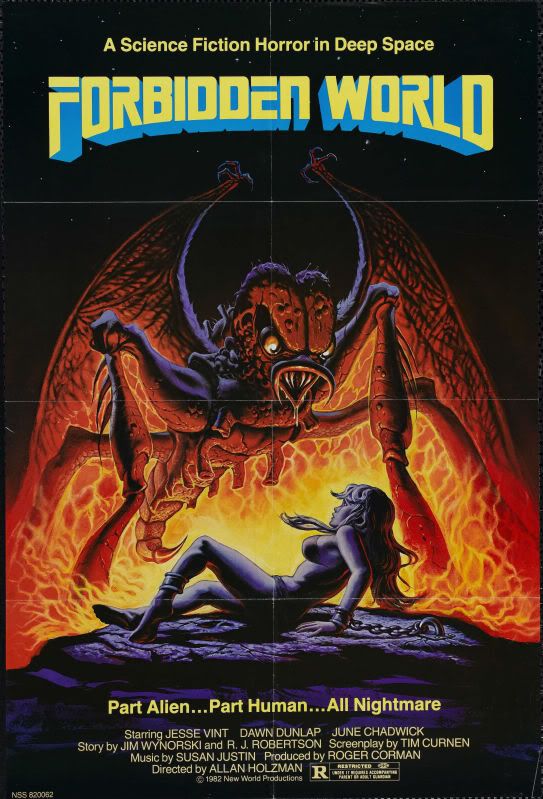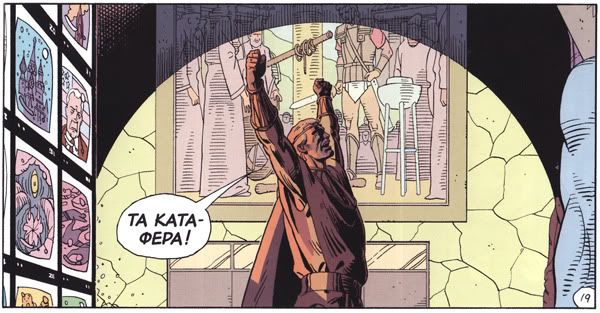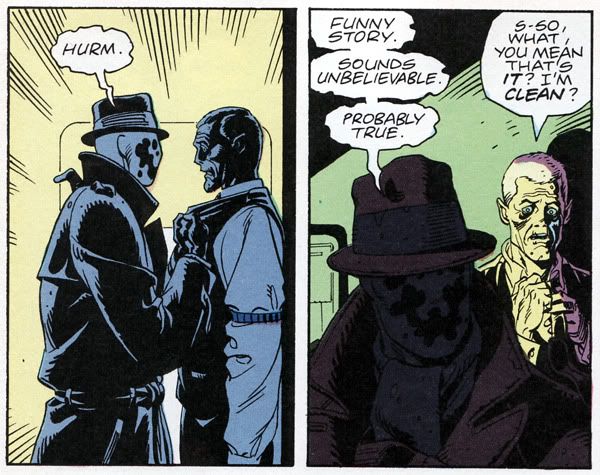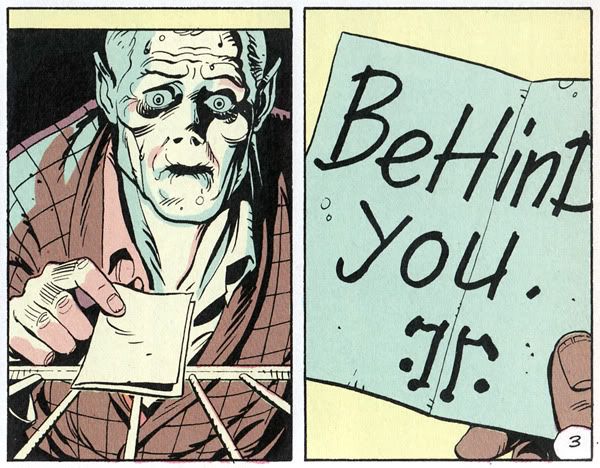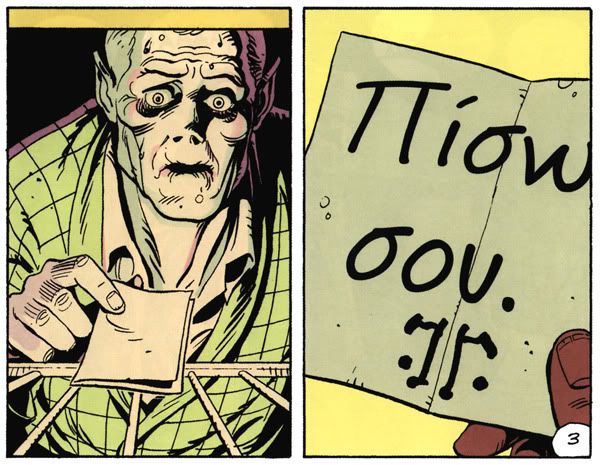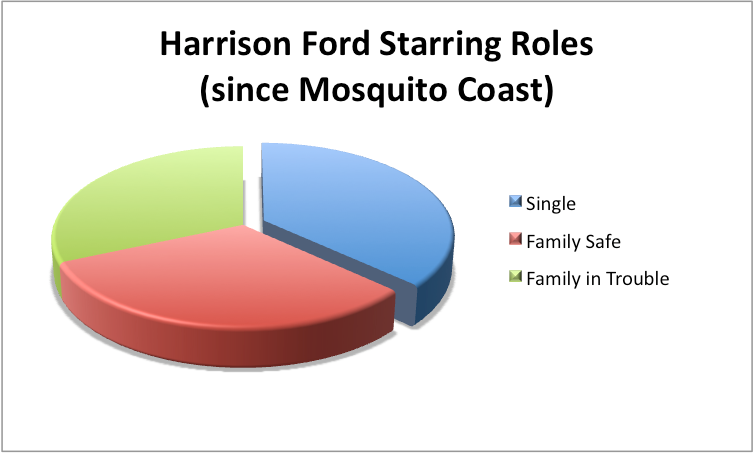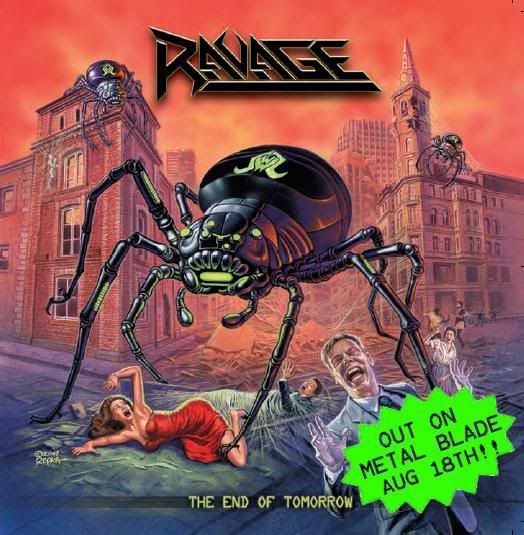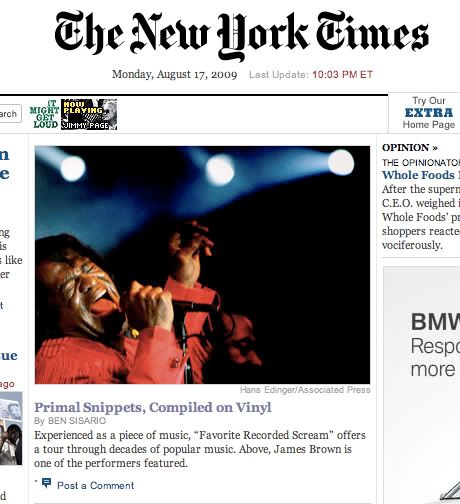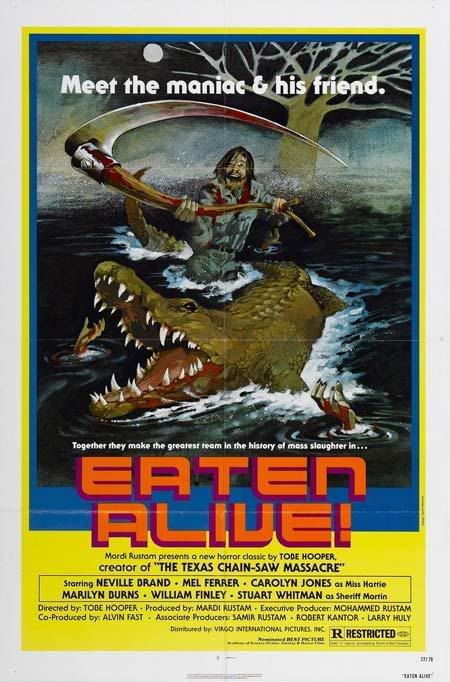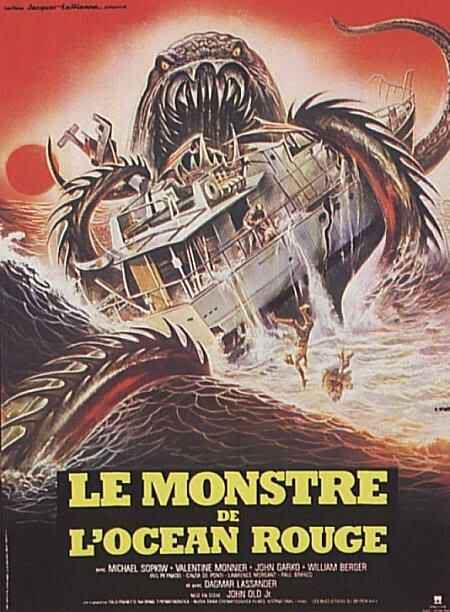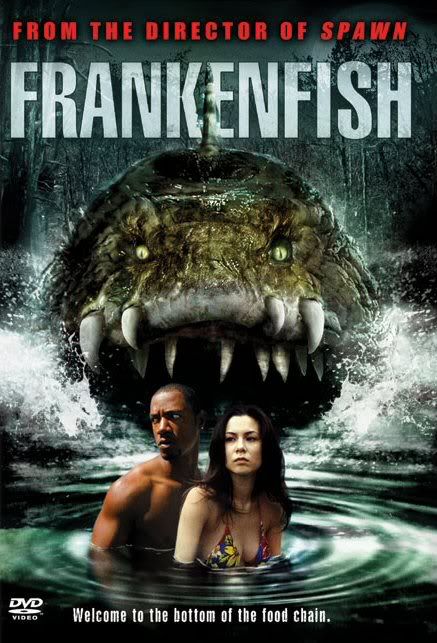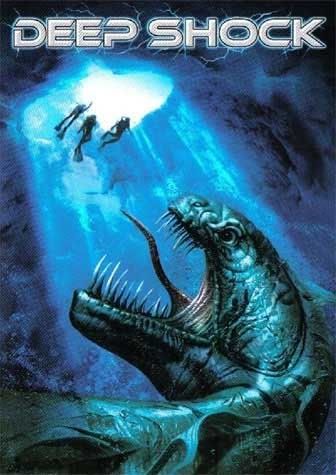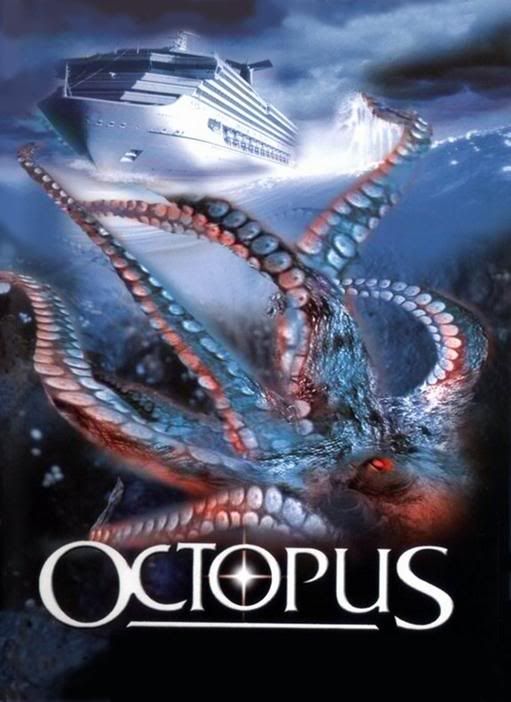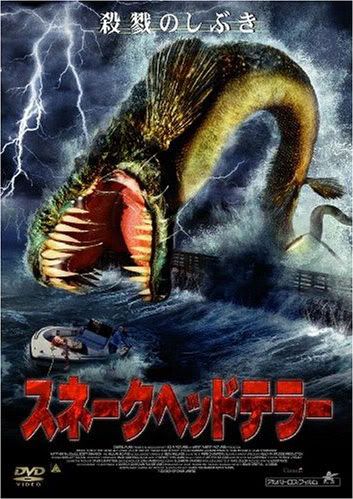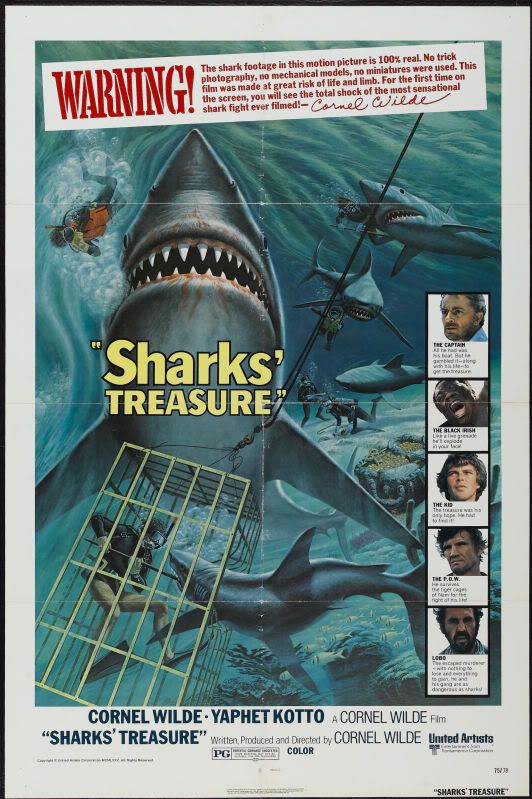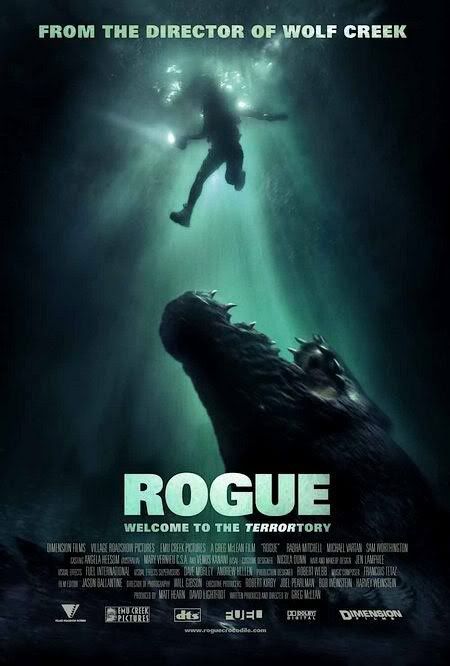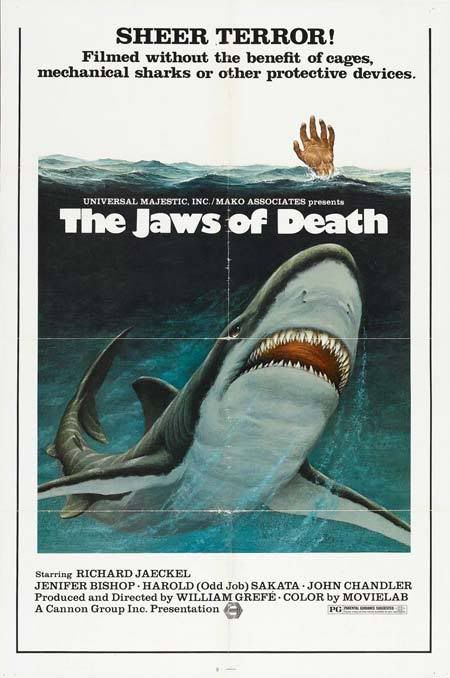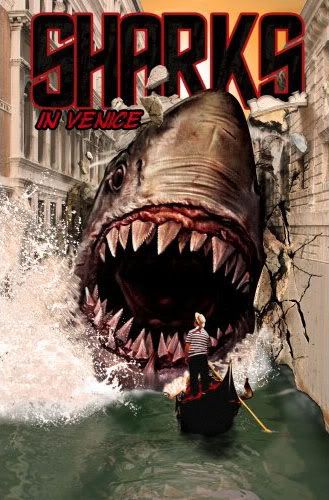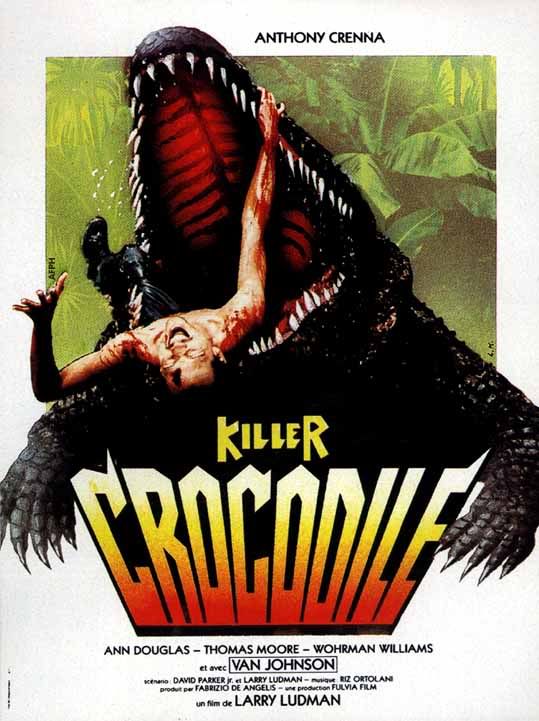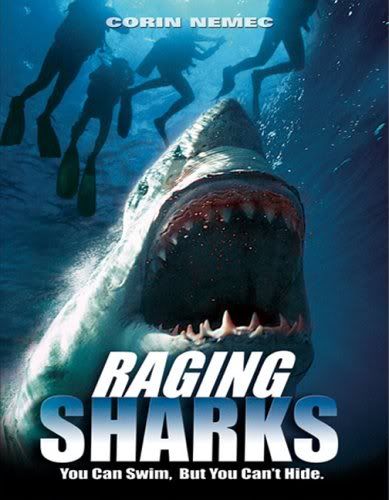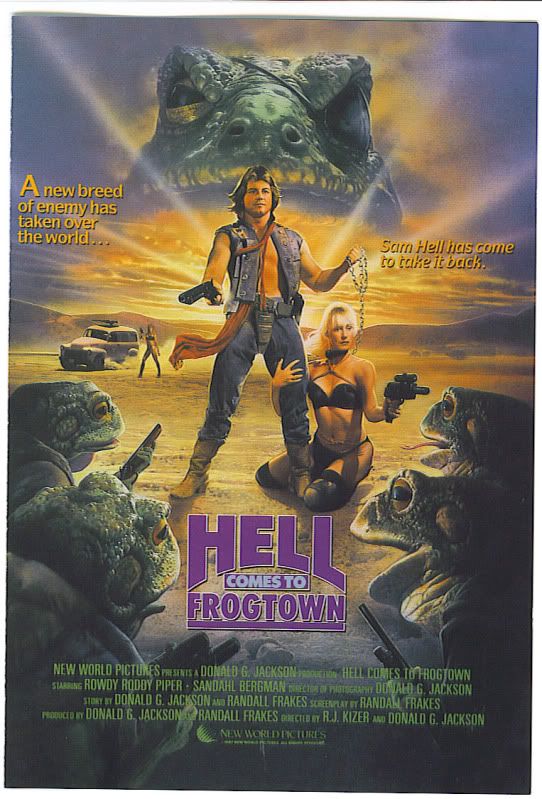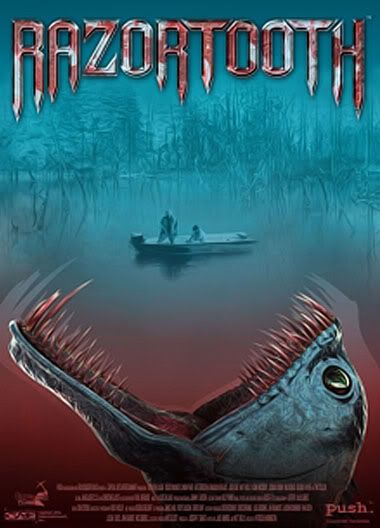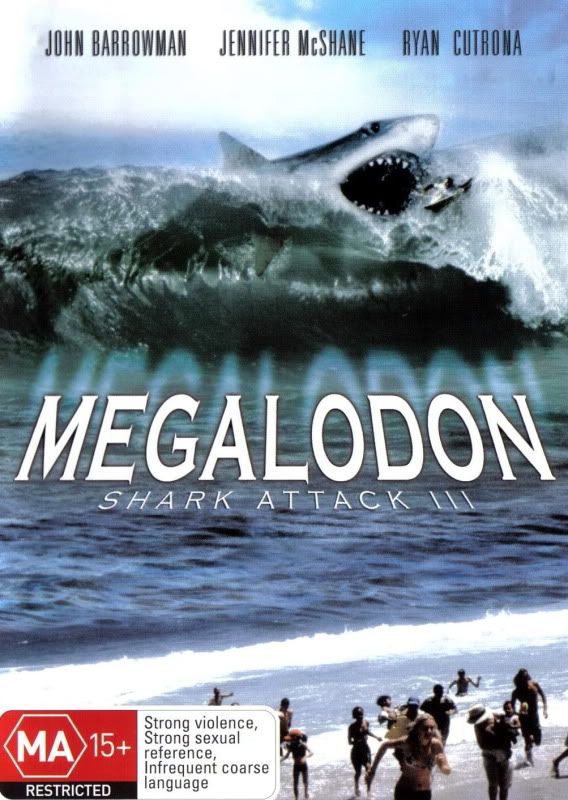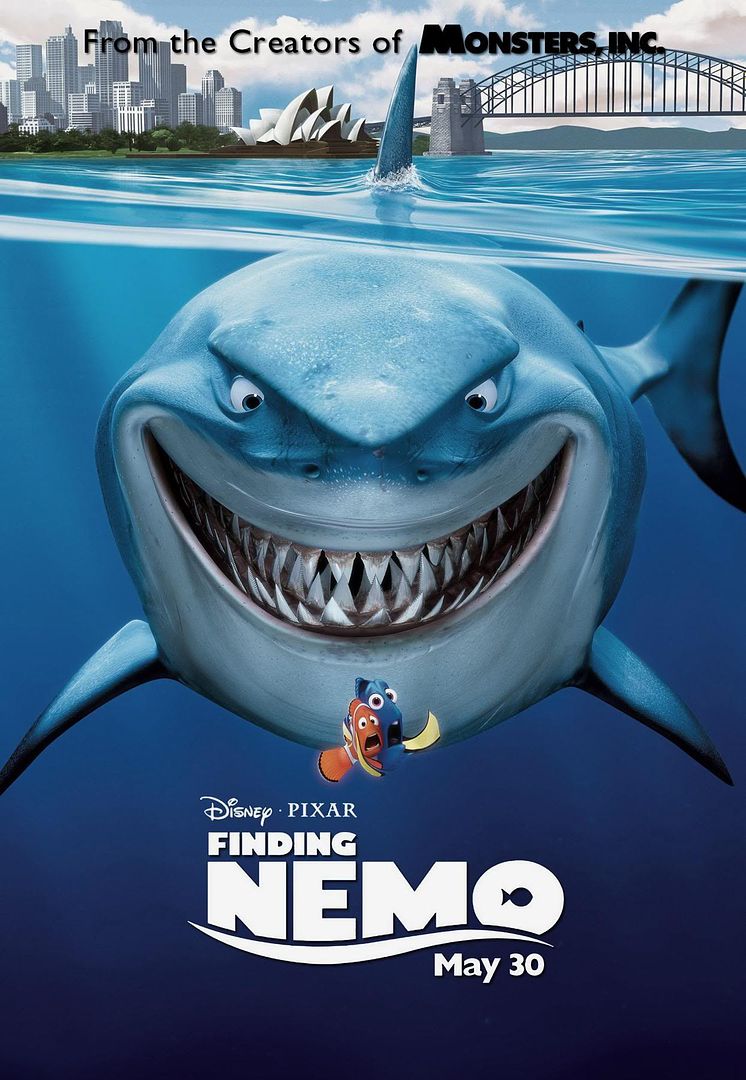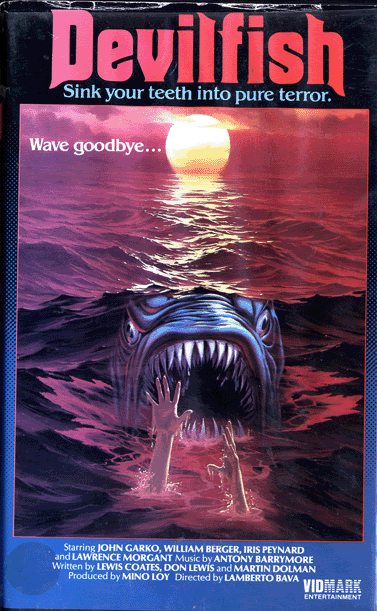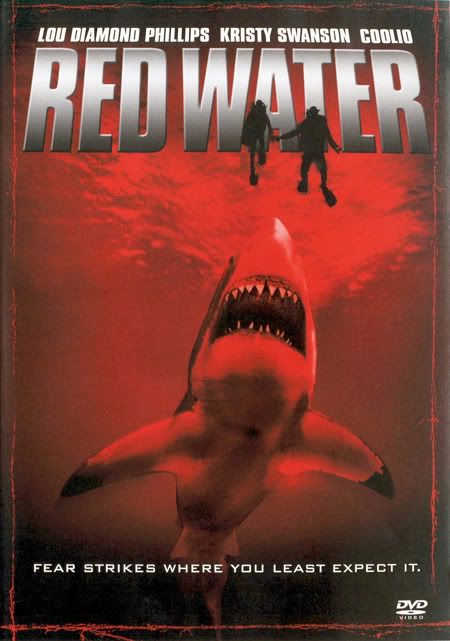
Mad Men is awesome, no doubt. And deserving of every scrap of Internet fandom. But I’m overwhelmed and a bit puzzled by the flood of Monday-morning recaps. Why do we need so many? Do they really contribute much? (And is there any audience for a plot synopsis except for people who already know the plot?)
So as a service to you, Kind Reader, I offer a review of today’s Mad Men recaps, so you don’t have to read them all yourself. With the time you save, you can actually watch the show again.
1. ArtsBeat. After a suggestion I don’t quite follow — that Mad Men might be “slowly turning into The Sopranos” — comes a straightforward (if fancifully titled) breakdown of the major plotlines: the creatives getting high in the office (“Cheech & Chong”); Sally Draper’s thieving (“Davey and Goliath” ); and Roger and Jane Sterling’s party (“Untitled Woody Allen Fall Project”). Strangely, however, Dave Itzkoff “didn’t even have time to discuss the other awkward party of the week, at Joan Holloway’s apartment.” Nerd points for pinning down Peggy’s new secretary and raising, in the comments, the interesting possibility that “Connie,” the man Don met at the country club, might be Conrad Hilton, Paris’s great-grandfather. 531 words.
- Name for Dr. Greg Harris: None.
2. Television Without Pity. I’ve enjoyed this site’s snarky recaps of other shows, which often give characters Maureen Dowd-like pet names. This one, by a user named Couch Baron, plays it straight, yet drops the ball by omitting significant details, like the fact that Joan entertains her guests on an accordion. (The physical symbolism of her embracing this constrictive machine should count for something, as should the fact that she sings a cutesy French song in a girlish voice.) Also, the timeline is odd: Why begin the recap with Sally’s crime when the casting call for faux Ann-Margaret Ann-Margret came first? 544 words.
- Name for Dr. Greg Harris: Greg.
3. Gawker. Cool Web functionality: In addition to the long text synopses, there are five embedded videos of key scenelets. Also, a smart move by Brian Moylan to break down the episode by theme (racism, fashion, social interactions, drugs) rather than by discrete plotline. As with many of these summaries, though, I thought it was a little heavy on pseudo-critical one-liners (“If anything, Mad Men shows us that the idyllic lifestyle is merely a mirage, and intruders and interlopers lurk behind every highball”) and light on actual plot. No recap I’ve read, for example, even mentioned what idea Peggy and the pot boys came up with for their Bacardi campaign. Why? 1,236 words.
- Egregious errors: One of these two spellings of Peggy Olson is wrong: “Let’s just hope that ‘My name is Peggy Olsen and I want to smoke marijuana’ isn’t the precursor to ‘My name is Peggy Olson, and I’m a drug addict.’ ” Also, if you post videos it’s doubly important to get the quotes right.
- Name for Dr. Greg Harris: Doctor Rapist.
4. New York magazine. A long, chewy one by Emily Nussbaum. Plot summary looks pretty thorough, although if I didn’t happen to enjoy Nussbaum’s arch, zinger-licious style I think it would be tough to digest the whole thing. When her lines work, they’re great: “The only thing worse than marrying your rapist is marrying your loser rapist.” But when they don’t, they simply don’t compute: “Peggy seems to believe she is living in the future, one in which women won’t have to tiptoe, or be slotted as a Betty, a Joan, or a Peggy 1.0. (Although they might be a Samantha, a Miranda, a Carrie, or a Charlotte.)” Huh? Also, weird and unnecessary organizational scheme (“The Pitch,” “The Campaign,” “Early Results”). 1,151 words.
- Name for Dr. Greg Harris: Dr. Greg Rape.
5. Entertainment Weekly. Even longer, but not nearly as chewy. Karen Valby is finely tuned to the female characters, commenting sympathetically on Joan’s humiliations, Sally’s need for attention, and Betty’s twitchiness. Not quite as insightful about the men, and while this recap as a whole is reasonably thorough, the writing gets a bit overripe. (“It was an evening of warring impulses, people either grasping at outdated traditions or finding freedom in experimentation.”) Worst of all, though, are the conspicuous editing lapses, inexplicable for a Time Warner publication. 1,679 words.
- Egregious errors: “Black face,” “sayanora,” “to the manor born.”
- Name for Dr. Greg Harris: Greg.
6. TV Guide. A whopper. Light on analysis, but after reading so many style-over-substance armchair critiques I’m glad to find a synopsis that really is a synopsis, even if it is nearly as long as the script itself. Which raises one point: The writer, Adam Bryant, posted this at 11:18 p.m. on Sunday, and this is way too long and too polished to have been written in 18 minutes — clearly it was done ahead of time with a screener, and published after the show ended to look like a blog post, or at least to avoid spoilage. Fair? Not sure, but clearly Dave Itzkoff had about 16 other deadlines to deal with while he was recapping. 1,813 words.
- Name for Dr. Greg Harris: Greg.
7. Starpulse. A creative one: This was written in Peggy’s voice, as she revels in her newfound feeling of liberation and surveys the weirdness around her. (“If I wasn’t in the office I would have been stuck at Roger Sterling’s Derby Day party. I had no idea minstrel shows were still acceptable; I thought this was 1963.”) Insufficient as a plot summary, of course, but an entertaining read, and also a glimpse into the way the characters are being read by viewers. Last week the writer here, Mike Ryan, did his recap in the voice of Paul Kinsey, who in that episode was ridiculed as a “Communist” and, in Ryan’s summary, seethed with resentment and superiority. (This week his insult was even worse: “educated.”) 544 words.
- Name for Dr. Greg Harris: Greg.

